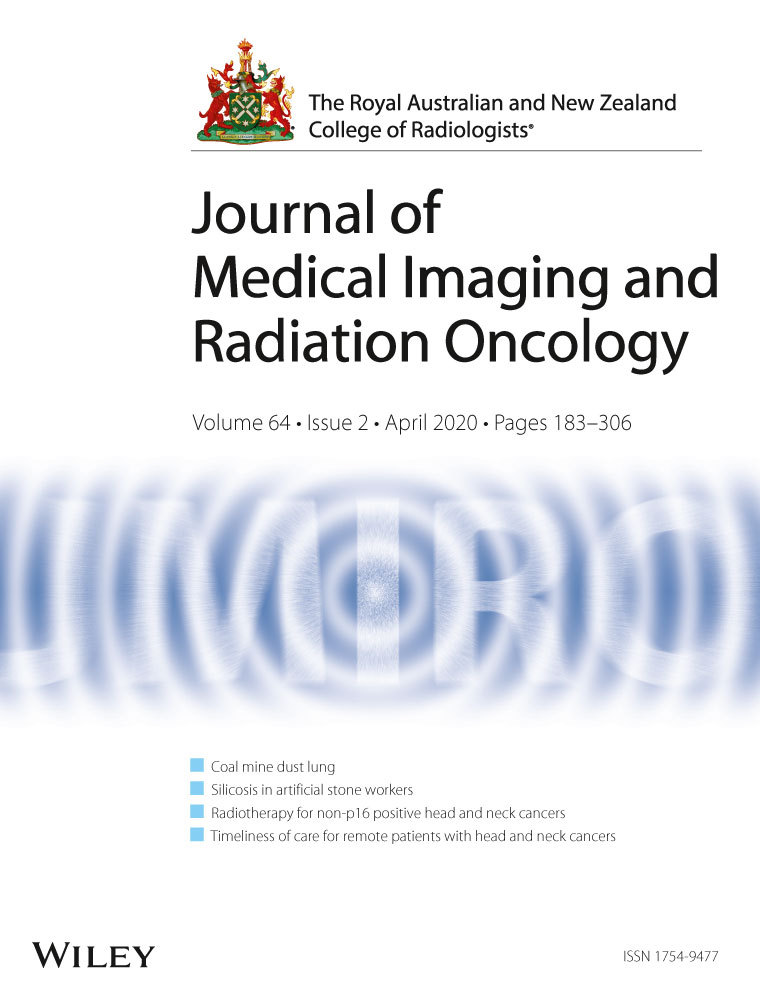Is prospective MRI mapping of the changes in the volume of the prostate gland in prostate cancer patients undergoing 6 months of neo-adjuvant androgen deprivation therapy a step towards a trial to determine those who may benefit from treatment intensification or extended duration?
Abstract
Introduction
Neo-adjuvant androgen deprivation therapy prior to radiotherapy (RT) causes shrinkage of the prostate gland, but the changes in volume have never been mapped over time in detail, nor have the associations between volume reduction and testosterone escape or prostate-specific antigen (PSA) kinetics been determined.
Methods
Fifty consecutive patients with prostate cancer were treated with 6 months of triptorelin prior to definitive RT. The volume of the prostate gland was measured at the outset and every 6–7 weeks thereafter using MRI scans. The volumes were calculated using a planimetric method, and inter-rater reliability was checked. Factors associated with a large initial volume and greater reductions in it were assessed.
Results
The median volume at the outset was 45 cc, and the median reductions every 6 weeks thereafter were 23, 18, 9 and 5%. The inter-rater agreement was high (r > 0.9, P < 0.001). There were no baseline clinical factors associated with a high initial prostate volume, but the initial volume was associated with greater volume reduction. Testosterone escape had no effect on the reduction, and changes in volume were not reflected in PSA response kinetics.
Conclusions
Reductions in volume continue throughout a 6-month course of neo-adjuvant therapy but are greatest during the first 6 weeks. Although individualisation of the duration or intensity of the hormone treatment warrants further investigation, the role of prostate gland volume reduction remains uncertain. More detailed studies of tumour volume might be possible if the imaging required was acceptable and accessible to patients.




